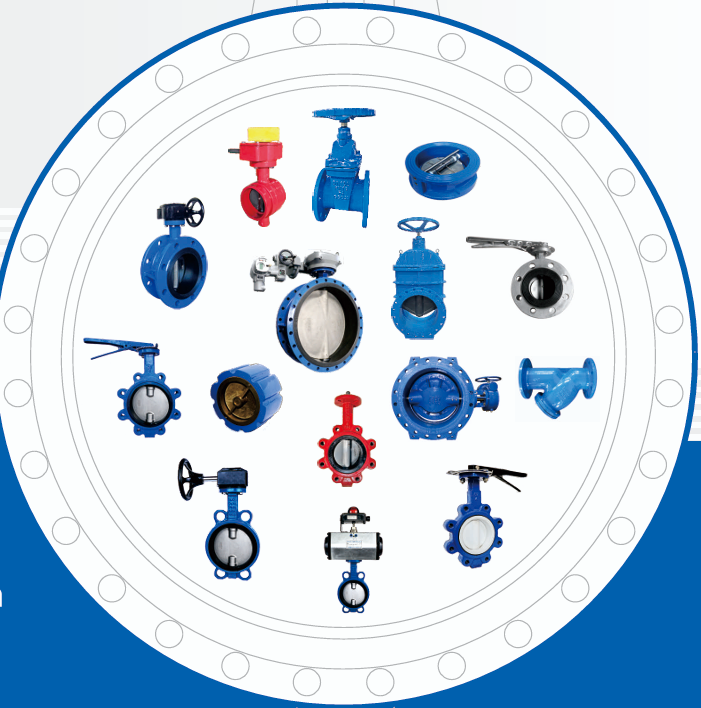Selecting the right soft-seal butterfly valve requires considering multiple factors to ensure that the valve can meet specific application requirements.
The first thing to consider is the operating conditions. Clarify the nature of the medium, such as water, steam, oil or corrosive chemicals. For corrosive media, butterfly valves made of corrosion-resistant materials should be selected, such as stainless steel, fluorine-lined butterfly valves, etc.; if it is high-temperature steam, high-temperature resistant materials and sealing structures should be selected to ensure that the valve can work normally and seal well at high temperatures.
Secondly, pressure and temperature are important parameters. The butterfly valve should be selected according to the working pressure and temperature range of the pipeline system. Different types of butterfly valves have their specific pressure and temperature ratings. If the rated range is exceeded, the valve may be damaged or leak. Therefore, it is important to ensure that the pressure and temperature ratings of the selected butterfly valve match the actual working conditions.
Furthermore, flow control requirements cannot be ignored. The flow characteristics of the butterfly valve will affect its ability to regulate fluid flow. Butterfly valves with linear flow characteristics are suitable for occasions where precise flow control is required; butterfly valves with equal percentage flow characteristics are more suitable for systems with large flow changes. According to the actual flow regulation needs, select a butterfly valve with appropriate flow characteristics.
In addition, the connection method also needs to be determined according to the pipeline system. Common connection methods include wafer type and flange type. The wafer type butterfly valve is easy to install and is suitable for occasions with limited space; the flange type butterfly valve has a firm connection and good sealing performance, and is suitable for high-pressure and large-diameter pipeline systems.
Finally, the quality of the valve should be considered. Choosing a butterfly valve with reliable quality can ensure its stable performance and long service life, and reduce the cost of maintenance and replacement.
In short, the selection of a suitable butterfly valve requires comprehensive consideration of factors such as operating conditions, pressure and temperature, flow control, connection method and quality, so as to ensure that the butterfly valve can play the best effect in actual applications.
Post time: Jul-28-2025

